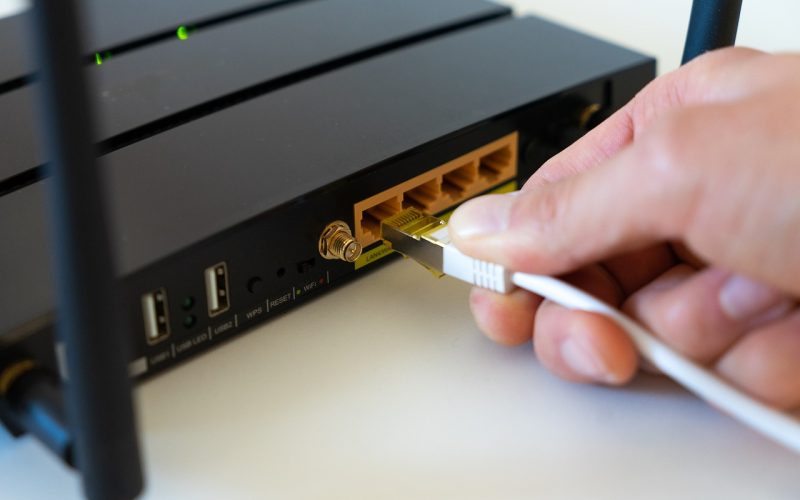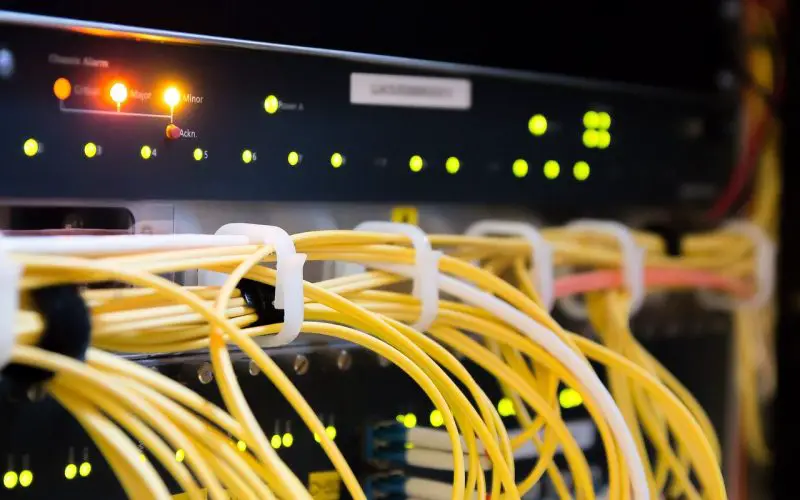
What is a Network Gateway?
A network gateway connects two networks, allowing devices on one network to communicate with devices on the other. A gateway can be a combination of hardware and software, or it can be a single component. It appears at the edge of the network, and is used to facilitate communication between networks. It is important to note that a gateway is very different from a router, which only manages traffic within a certain range. In addition, a networking device like a WAN gateway is often built into a WAN (or LAN) router. A gateway serves as a connection point between two…





